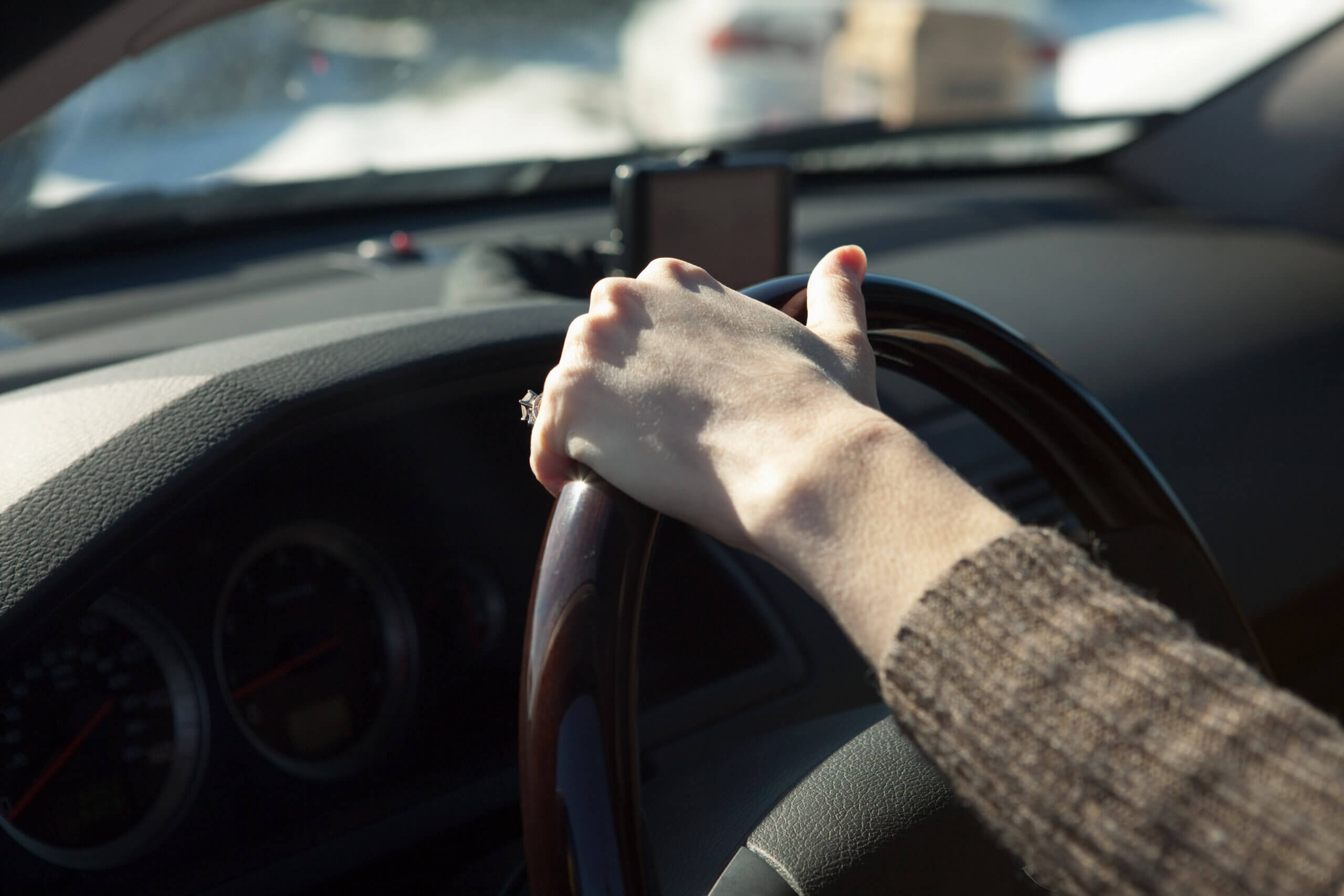
Being in a serious car accident can be a terrifying event in one’s life. The damage can result in lifelong emotional and physical scars that are more traumatic than a wrecked car. According to the Association for Safe International Road Travel upwards of 50 million people suffer from non-fatal injuries that leave them with long-term disabilities. In addition, approximately 1.3 million people die from car crashes every year. In 2020, about 30% of all traffic fatalities were a result of alcohol. However, marijuana could be another contributing factor to car accidents, as some states have legalized marijuana – including New York.
In March of 2021, New York legalized marijuana for adult recreational purposes. As the residents of the state embrace this new freedom, it raises the following question: Will marijuana-impaired drivers contribute to traffic accident statistics?
Marijuana and Driving Laws in New York State
Adults over the age of 21 can have up to three ounces of marijuana and up to 24 grams of concentrated cannabis on them for personal use. The drug isn’t allowed inside motor vehicles, even if the car is parked. Moreover, driving a vehicle under the influence of marijuana is a crime. A person can be charged with Driving While Ability Impaired by Drugs (DWAI-Drug).
Vehicle And Traffic Law Section 1192(4) specifically states, “Under our law, no person shall operate a motor vehicle while the person’s ability to operate such motor vehicle is impaired by the combined influence of drugs or of alcohol.” Drivers who choose to ignore these laws can face fines, jail time, and loss of their license. Fines and fees alone could climb to as high as $10,000. The same laws that apply to alcohol-impaired driving are applied to drivers under the influence of marijuana.
With recreational marijuana use now legal, there is a need for law enforcement to have an accurate way to determine if someone is under the influence. In New York, police have decided to use Drug Recognition Experts (DREs) to assess if someone is high on marijuana. A DRE will interview the suspected person and conduct tests. In this case, the expert will measure and record the person’s vital signs and evaluate their behavior.
How Can Marijuana Impair Drivers?
While some may not know of the risks, others will choose to ignore them and think that they can drive perfectly fine while high. However, a person’s driving will be impacted in several ways, such as:
- Decreased attention
- Altered perception of distance and time
- Slowed reaction times
- Trouble following and maintaining lane position
- Impaired cognitive performance
- Increased risky driving behavior
Steps to Take in a Marijuana-related Traffic Accident
According to the Insurance Institute for Highway Safety (IIHS), crashes went up in states that allow marijuana for recreational use. Six in 10 drivers (60%) who use marijuana admitted to driving under the influence of the drug at one time or another.
Although it can be traumatizing to be in any car accident, it’s important to know what steps to take when it happens. The first action to make is to check if everybody is safe and out of danger. Reporting the accident to authorities is always a good idea. While at the scene, it is advised to document and gather information (e.g., take photos with a cell phone). Exchange insurance and contact information from other people involved in the accident and, if possible, get contact information from witnesses. These steps will help build a strong case if negotiations with insurance companies or litigation are necessary.
The Path to Compensation
Getting compensation is important for individuals who have experienced pain, loss, and big expenses from a car accident. There are a few ways for residents in New York to receive compensation.
- No-Fault/Personal Injury Protection
- Third-Party Insurance Claims
No-Fault/Personal Injury Protection
There are twelve states that require no-fault insurance, and New York is one of those states. This type of insurance makes drivers carry PIP coverage for themselves, the coverage will cover all or some of the cost of their medical expenses regardless of who is at fault. A $50,000 per person PIP amount is required for residents of New York. This is a good way to keep small injuries out of the court. Both medical costs and lost wages from the car accident can be covered under the PIP claim. But what if costs from an accident exceed $50,000?
Third-Party Insurance Claims
According to the National Safety Council, 4.8 million people were seriously injured in car accidents in 2020. In these cases, a person’s PIP benefits most likely won’t cover all the costs associated with treating injuries. There must be another way to seek compensation. This is when a third-party claim comes into the picture. If the other driver involved caused the accident, the injured person can file a third-party claim to recoup the cost from the other driver’s insurance. It’s important to note that a majority of such lawsuits don’t end up in court. Most involve a settlement, where attorneys for both sides negotiate and agree to an amount of compensation to cover the injuries suffered.
In New York, serious injury is defined as:
- Dismemberment
- Significant disfigurement
- Fracture
- Loss of fetus
- Permanent loss of use of body organ, member, or function or system
- Permanent consequential limitation of a body organ or member
- A significant limitation of the use of a body function or system
- A non-permanent injury that prevented the person from performing usual daily activities for at least 90 of the 180 days following the accident
- Death
How much compensation is awarded to the victim depends on several factors. The effect on the quality of life and seriousness of the injury contributes to the amount of compensation.
Among the most common things compensation can be awarded for are:
- Medical expenses (current and future)
- Lost wages due to being unable to work
- Loss of future income
- Pain and suffering
- Emotional distress
- Mental health issues due to accident
- Property damage
Statute of Limitations
It is important to meet the statute of limitations deadline when filing a car accident lawsuit in New York State. That limit is three years from the date of the car crash. If that time limit is missed, it is highly unlikely that the case will be heard in the courts. Contacting an attorney as soon as possible after an accident is essential. Details of the event will be freshest in one’s mind and the legal team can begin to build a case without delay.
Determining Fault
A main concern after a car accident is figuring out who was at fault. Determining who caused a car accident can be challenging, and it’s not always just one person. It may become even more problematic when trying to determine if the person at fault was under the influence. Unlike alcohol, there isn’t a device that can determine if people are under the influence of marijuana. A blood sample taken at a hospital may show that a driver has THC in their system. However, it’s not an indicator of impairment.
Gathering as much information as possible at the scene can be helpful in building a case. If possible, take still pictures and videos, as they can be used as evidence later on, especially if provided to an experienced attorney who knows the types of things to look for in accident investigations. Witnesses can also be helpful in determining fault so their contact information should be provided to an attorney as well. Police officers, too, will analyze the scene once they arrive. The information they compile will be detailed in a police report that the drivers (and their attorneys) will have access to.
Because New York is a no-fault state, it can seem as though there is no value in determining fault. But this is not the case. Keep in mind that if costs exceed the limits of your PIP insurance, you can file a lawsuit for compensation against an at-fault driver.
Where to Get Help
If you suspect that a person impaired by marijuana caused your accident, don’t delay in reaching out for legal advice. Dealing with car accidents that resulted in personal injury can leave you physically and mentally impaired. The injustice is compounded when such an accident is caused by the irresponsible actions of another person driving while under the influence of drugs and/or alcohol. The expert and compassionate personal injury attorneys at Rosenblum Law have decades of experience, as well as a proven success record, to fight on your behalf. We’ll ensure that you receive a fair settlement so that you may begin to rebuild your life. E-mail or call 888-815-3649 us today for a free consultation.
FAQs
How many accidents are caused by marijuana?
The legalization of the drug is fairly new and because of that, there are many more studies to be done on the issue. However, from the ones that have been done, U.S. states that have legalized marijuana have experienced more fatal car crashes.
What is the difference between driving under the influence of marijuana versus alcohol?
Both drugs will have effects on a driver and side effects can vary. Nevertheless, the result of being under the influence of either is similar. A person will be more likely to participate in risky behavior while on the road and their attention span and reaction time will be delayed.
What is the marijuana limit that can be in my system while operating a car in New York?
New York Vehicle and Traffic Law 1192.4-a states that an individual whose operation of their vehicle is impaired by marijuana or other drugs can be charged. In order to sustain a conviction, the prosecutor would have to prove that the individual was impaired. It’s impossible to provide a bright-line rule for this because it depends on several factors (including but not limited to the strain of marijuana, the quantity consumed, the method of consumption, the size of the individual who consumed it, their personal tolerance level, etc.)
What is covered under no-fault Insurance?
No-fault participants have coverage of:
- Necessary medical bills
- 80% of lost work income (up to $2,000 per month for three years)
- A $2,000 death benefit to the estate of a covered person killed in a car accident
Can I still be compensated if I was partially at fault for the car accident?
In New York, there is a comparative negligence rule. This means that in the event of an accident, the fault of each party involved is determined by their contributions to the accident. Under this law, a person can still recover damages even if they are partially to blame. So even if you were partially to blame for the accident, you could still recover monetary damages but the award would be reduced by the percentage of fault you were responsible for.










 888-815-3649
888-815-3649
